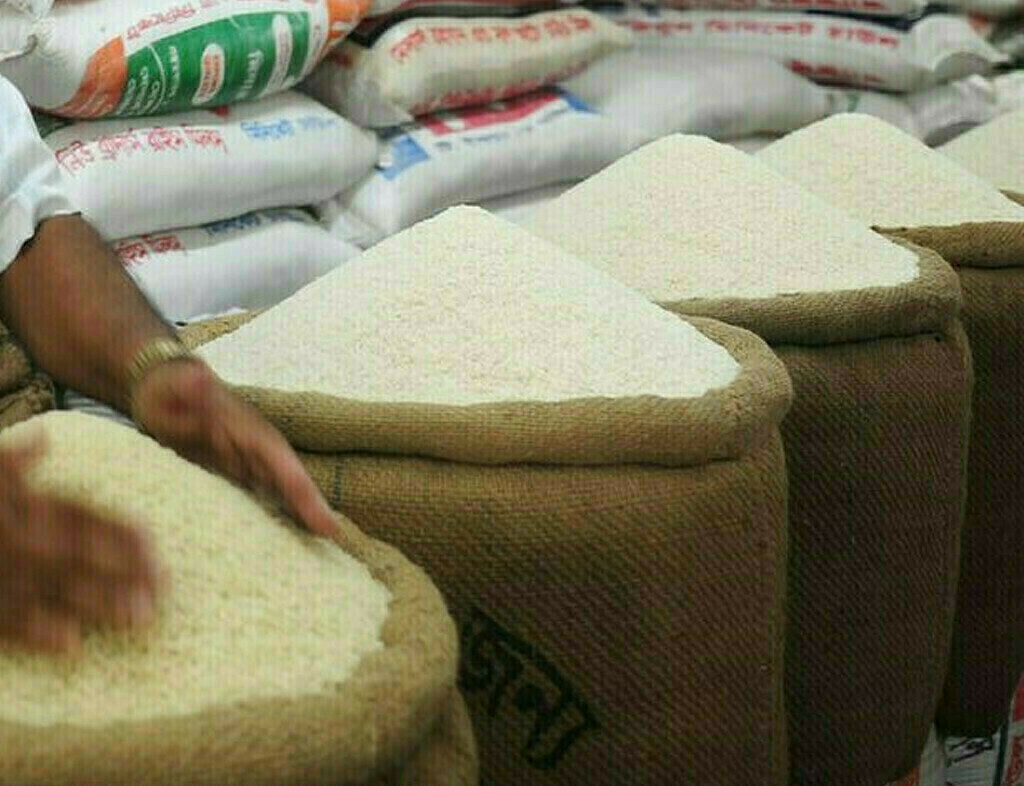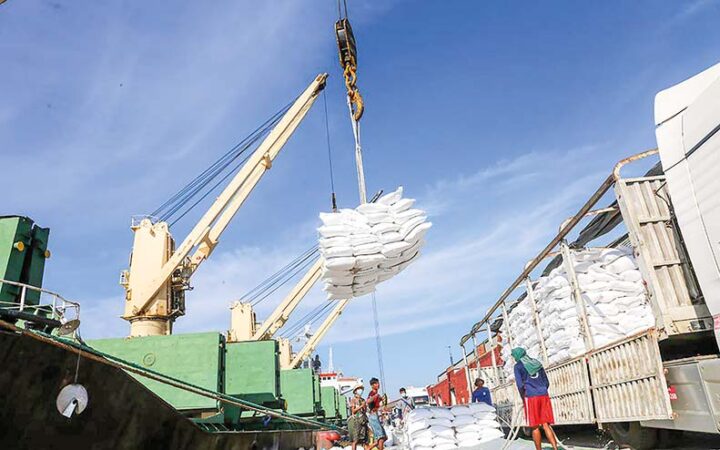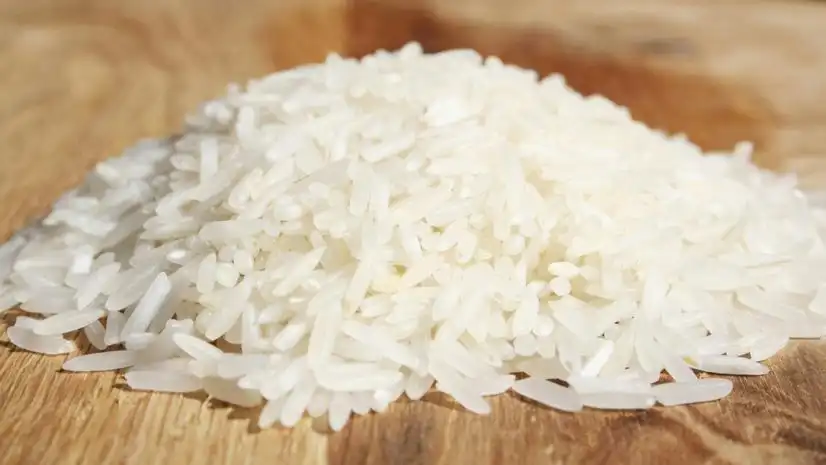Tags
A hefty p-rice to pay
A-G report: Padi planting project saw record loss of RM660mil
PETALING JAYA: Malaysia’s rice planting programme saw a loss of RM660.14mil, the highest loss of public funds recorded.
A total of RM448.87mil in subsidies and incentives to padi farmers, channelled through the Agriculture and Food Security Ministry to the Farmers’ Organisation Authority (LPP), was also not spent, the Auditor-General’s Report 2022 revealed.
The RM448.87mil is the remaining accumulated allocation as of 2022, the report said, adding that the management of allocation distribution was not satisfactory.
“The audit review showed that RM3.673bil was channelled from the ministry to LPP from 2019 to 2022 for the implementation of various subsidy schemes and rice planting incentives.
“The suppliers’ claim performance report for the Federal Government Padi Fertiliser Assistance Scheme (SBPKP), Padi Production Incentive Scheme (SIPP) and Legitimate Rice Incentive (IBPS), found LPP’s total expenditure for the period was RM3.224bil, with a remaining accumulated allocation of RM448 .87mil,” the report said.
The targets of rice production output and rice productivity per hectare have also not been achieved.
“The management of the programme was unsatisfactory and needs to be improved in terms of land, rice seed, fertiliser and machinery management as well as allocation control, “ the report concluded.
“The rice seed production by the Malaysian Agricultural Research and Development Institute (Mardi) for the period 2019 to 2022 of 258.14 tonnes could not meet the required demand of 507.52 tonnes.
“Insufficient production of rice seeds will lead to the use of rice seeds that are not recognised by the Department of Agriculture.
“As of Dec 31, 2022, the rice granary has not been gazetted as a rice planting area except for Muda Agriculture Development Authority (Mada). The total padi area for the four granaries has shrunk by 11,123ha,” the report said.
The report noted that the selling price of rice seeds to farmers – RM35.50 and RM58.00 – exceeded the permissible control price of RM35.00. As such, farmers had to bear the cost of higher rice production.
There was also a delay in the distribution of fertilisers to farmers with some receiving supplies past the proper fertilisation period, affecting its use during the proper rice growing season.
An exemption was also given to National Farmers’ Organisation’s (Nafas) for the delay in the supply of fertilisers worth RM211.27mil. However, the delays in the supply of fertilisers became a recurring issue every year because the suppliers did not face any action.
The lack of machinery caused farmers to rely on private service providers as only 589 (66.0%) of the 892 agricultural machinery could be operated, the report said.
The audit recommended that the ministry create an integrated and comprehensive database involving information on padi fields.
In addition, the database also needs to involve parties in the rice production chain such as manufacturers, wholesalers and retailers, the area of rice cultivation, rice and rice production results, rice farmers’ income and other related information.
“Review every contract involved in the padi and rice industry so it does not harm the government,” it said.
https://www.thestar.com.my/news/nation/2023/11/23/a-hefty-p-rice-to-payPublished Date: November 23, 2023






